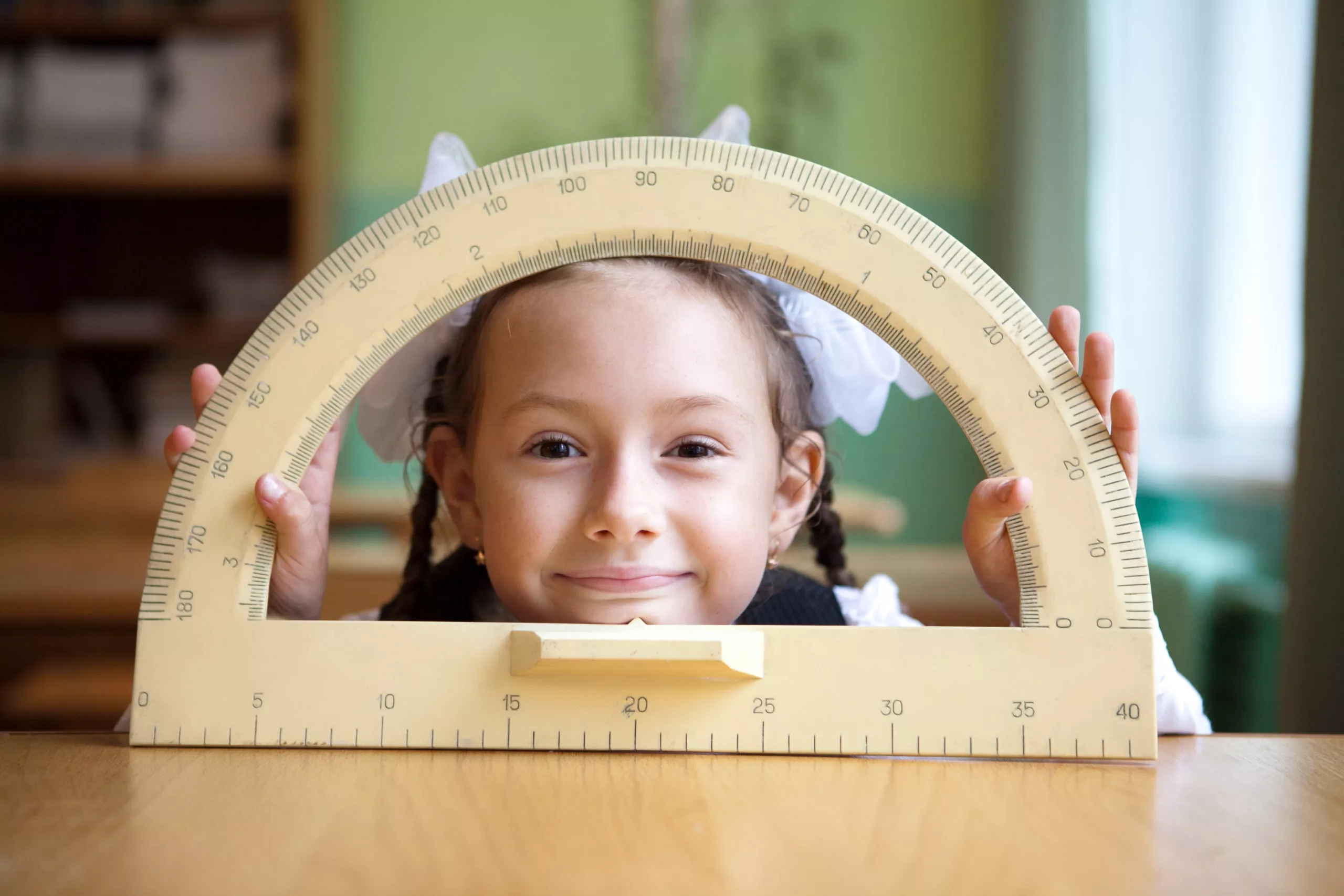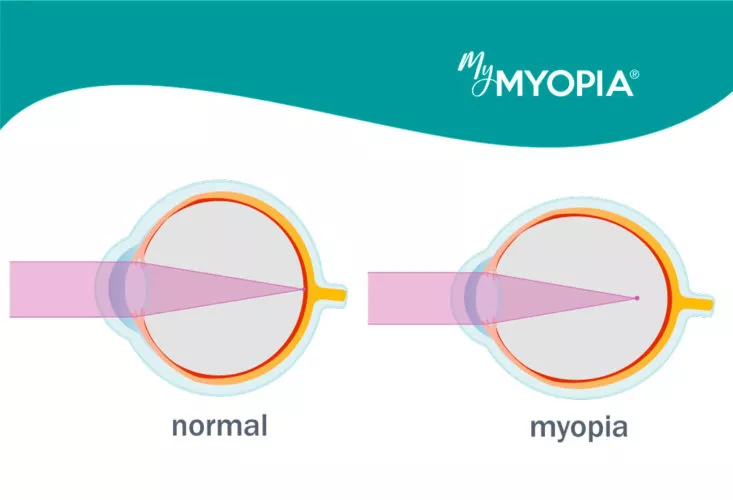
×
Myopia happens when the shape of the eye makes light focus in front of the retina, a light-sensitive layer of tissue in the back of your eye, instead of on it. This makes faraway objects look blurry.1

It can feel like a normal part of life for a child to need glasses due to nearsightedness. Yet, the prevalence of myopia, another name for nearsightedness, and high myopia are increasing at an alarming rate, with significant increases in the risks for vision impairment.2 The worry of myopia in children has increased even further with the rise of virtual learning and more time indoors due to COVID-19. The pandemic could worsen the number of children at risk of nearsightedness.3 As Dr. Kate Gifford, a clinical optometrist and director of MyopiaProfile.com, says, “myopia isn’t just a blurry vision thing.” Myopia has been shown to be an independent risk factor for glaucoma, cataracts, and retinal detachment.4
The American Academy of Ophthalmology says, “More people in glasses is not the concern, it’s the number of people with severe or ‘high’ myopia that’s raising the alarm. High myopia raises the risk of vision-threatening eye conditions such as retinal detachment, glaucoma, early cataracts, and myopic maculopathy, a leading cause of blindness world-wide.” 5
Traditional eyeglasses do not weaken the eyes, and they do not solve the root cause of vision problems. They are simply aids that correct vision for people who have refractive errors.6 Specialized treatments are available for children who suffer from myopia.
Generally, myopia first occurs in school-age children. Because the eye continues to grow during childhood, it typically progresses until about age 20. However, myopia may also develop in adults due to visual stress or health conditions.7 The younger a child is when myopia starts, the faster it tends to progress to higher levels of myopia over time. 8
There is a 25% chance that a child will develop myopia if one parent is myopic. That risk doubles to 50% if both are myopic.9
A diopter is the unit used to measure the correction, or focusing power, of the lens your eye requires. High myopia, which is defined as greater than −6.00D10, may raise your child’s risk of developing more severe sight conditions later in life, such as cataracts, detached retinas, and glaucoma. Left untreated, high myopia complications can lead to blindness, so regular eye exams are critical. 11

“Classically, we haven’t thought of myopia as a disease, but, based on the latest science, we should. Myopia has been shown to be an independent risk factor for glaucoma, cataracts, and retinal detachment, and the higher the myopia—the higher the risk.” – Thomas Aller, O.D.
Although screen time is challenging to manage, especially with virtual learning, it impacts kids’ vision. School-aged children who spend 7+ hours per week or more using computers or mobile video games tripled their risk for myopia.12
Ophthalmologists, physicians who specialize in medical and surgical eye care, see a marked increase in children with dry eye and eye strain from too much screen time. The American Academy of Ophthalmology offers further evidence that at least part of the worldwide increase in myopia has to do with near work activities such as looking at screens and books.13
Spending time outdoors is important for both reducing the risk of a child becoming myopic as well as reducing the risk of fast progression, or worsening, once a child is myopic. The American Optometric Association suggests anywhere from one to three more hours of outdoor activity a day to help protect eyesight.14 Experts such as Dr. Gifford, a clinical optometrist and director of MyopiaProfile.com, recommend spending at least 90 minutes a day outdoors.15 Increased time spent outdoors by children can slow myopia progression and may decrease the risk of new myopia onset by 50%.16
Spending more time outdoors typically goes hand-in-hand with decreased screen time. Together these factors can support kids’ healthy vision17. Yet, to truly understand if your child has myopia and needs more to treat it, it’s imperative to take your child to an eye care professional for a comprehensive eye exam.
Conventional glasses, otherwise known as single vision glasses, correct vision, but they do not slow down the progression of myopia18 or address the underlying issue that the eye is growing too long.19 So, what can we do? We can look to myopia management.
Myopia management is a process in which an eye care professional:20
Eye care professionals may prescribe treatments in order to help slow the progression of myopia. Some of the options include:
Your eye care professional can help you decide the best time to start your child’s myopia treatment. They may consider a number of factors, including parental myopia, excessive near work at close distances, reduced time outdoors, ethnicity, and gender.21
Eye care professionals may prescribe treatments in order to help slow the progression of myopia. Some of the options include:
Today, there are a number of new pharmacologic interventions that are being developed and approved. For example, in March 2020, the first-ever contact lens was FDA-approved to slow the progression of myopia launched in the US.22